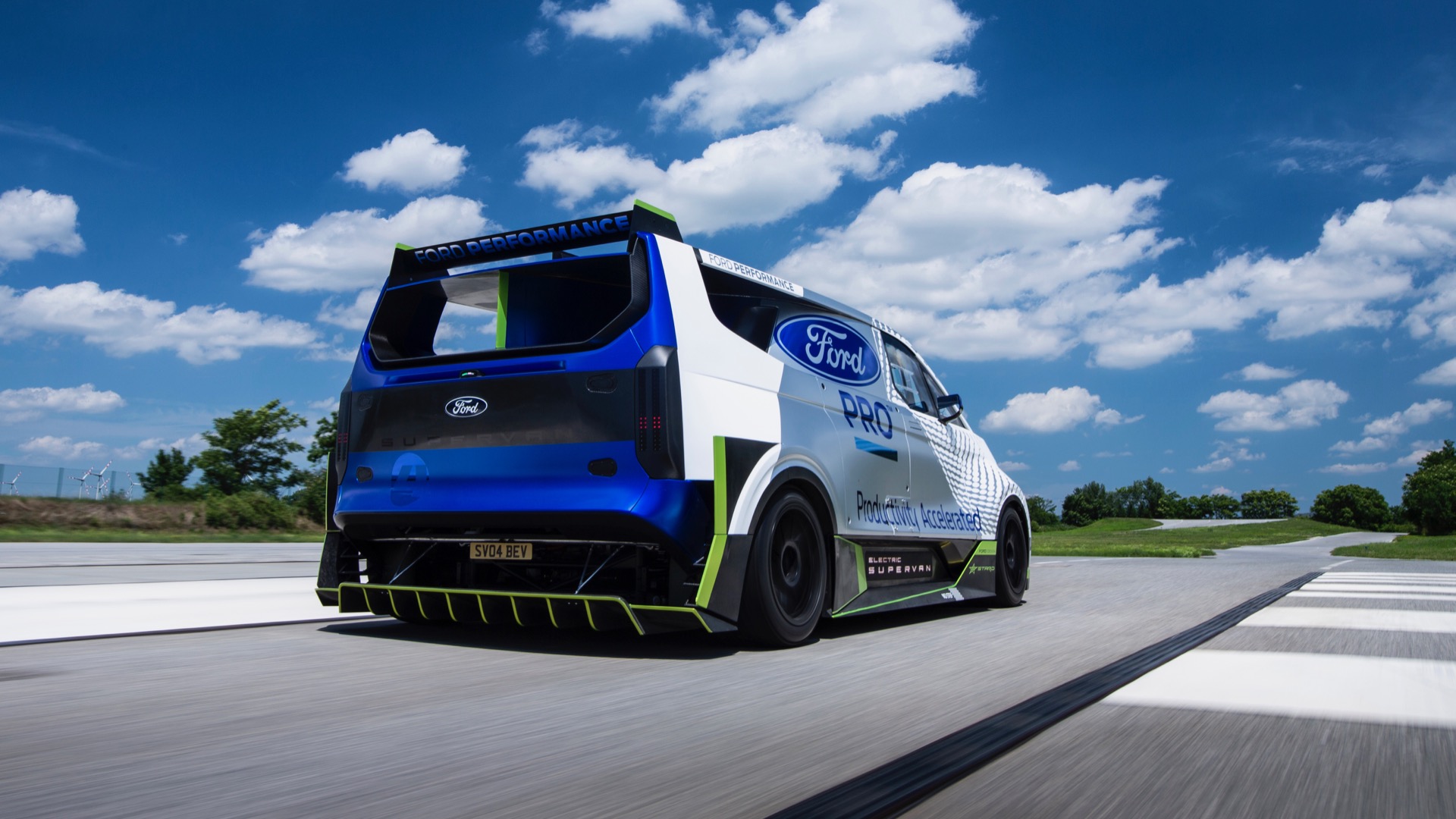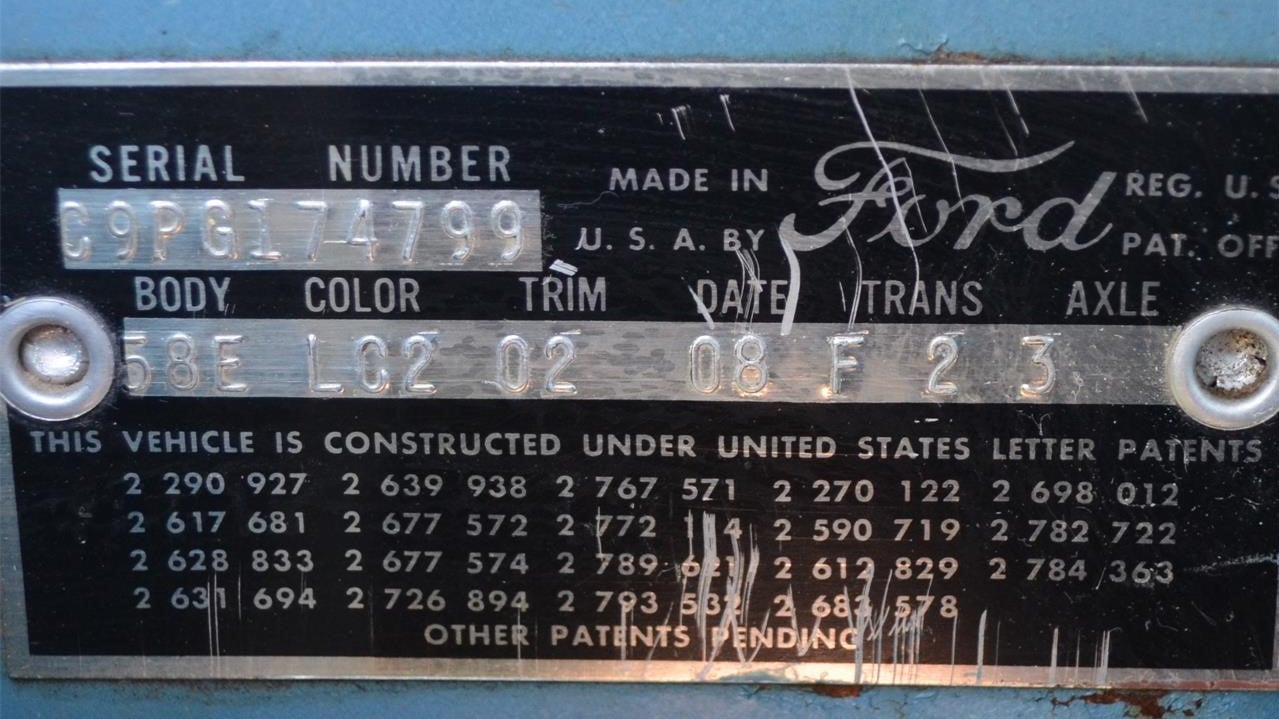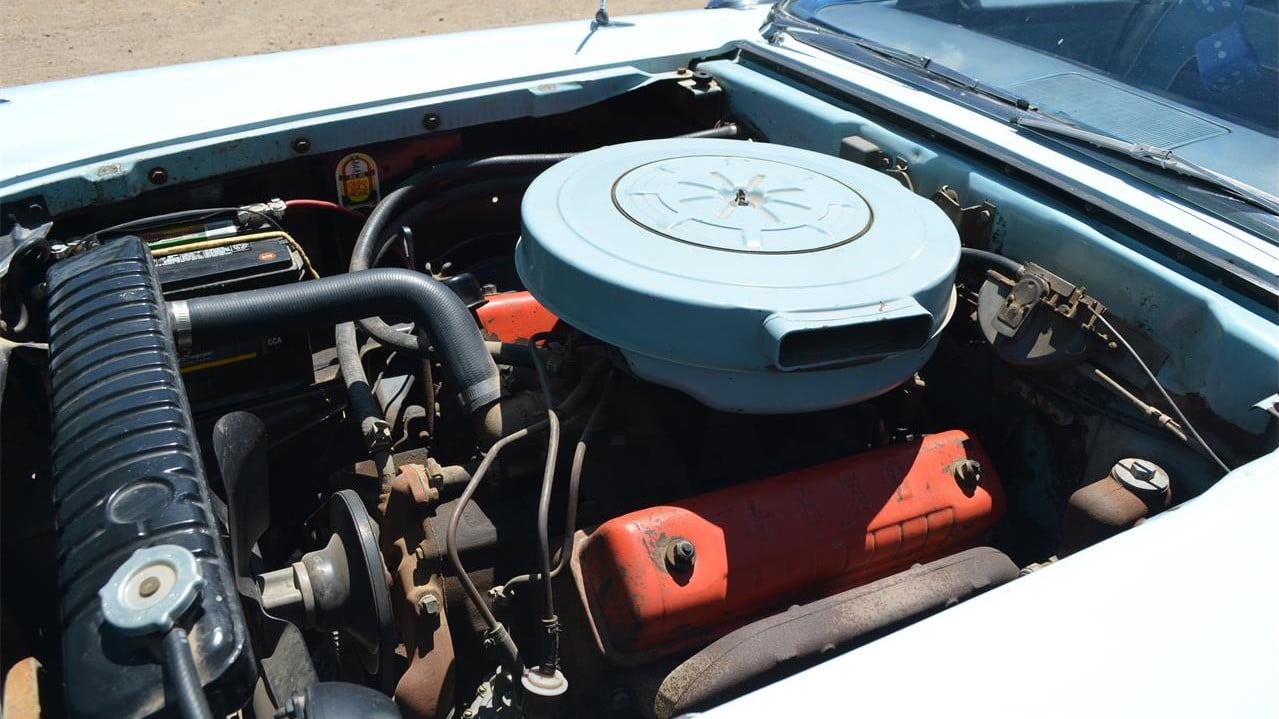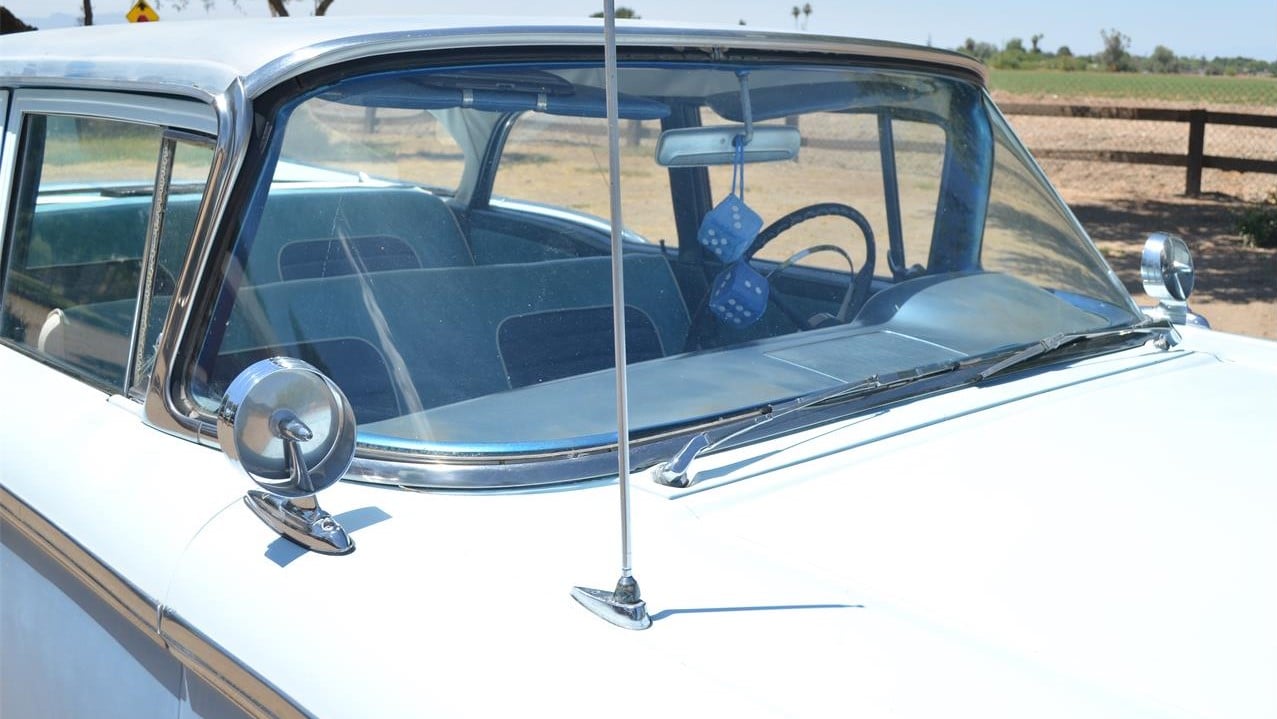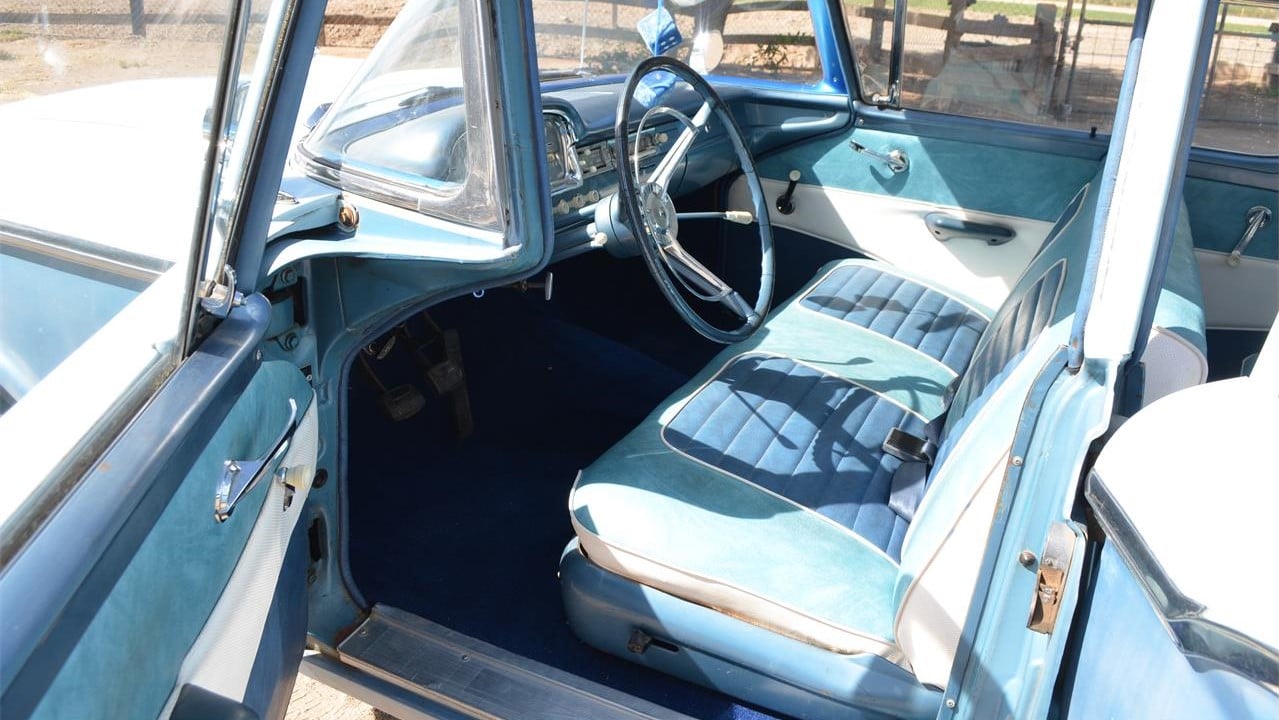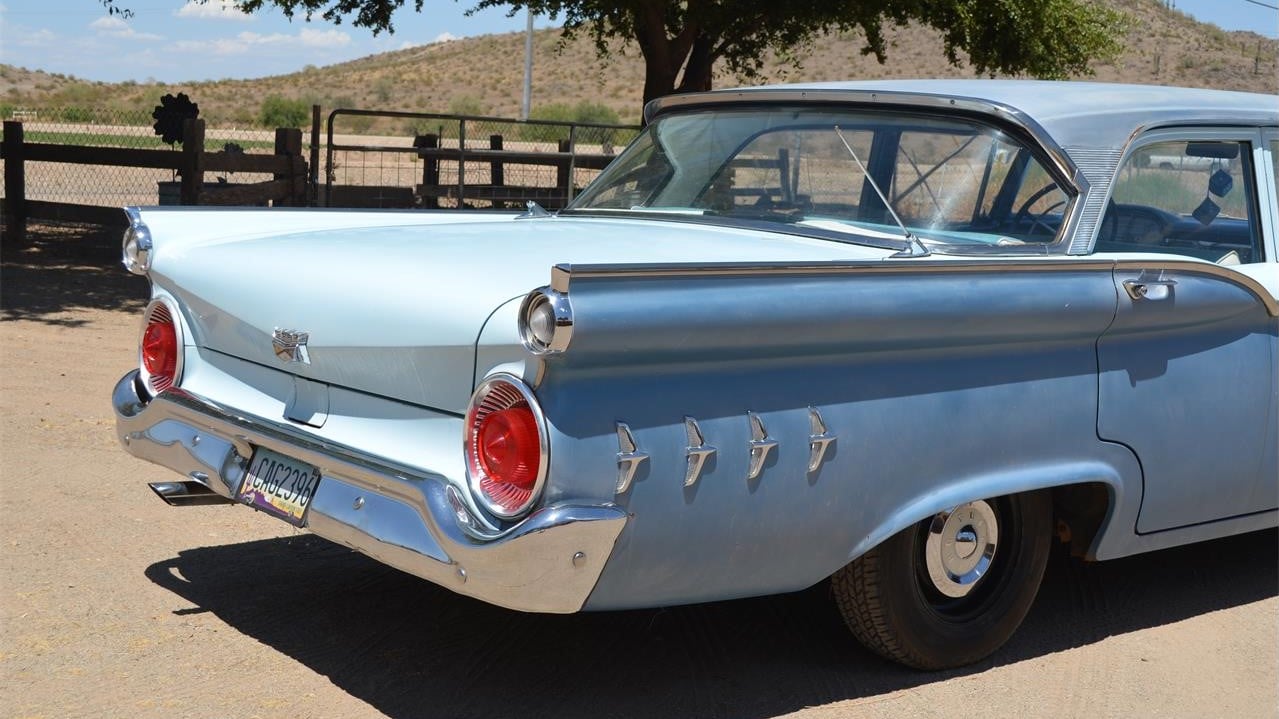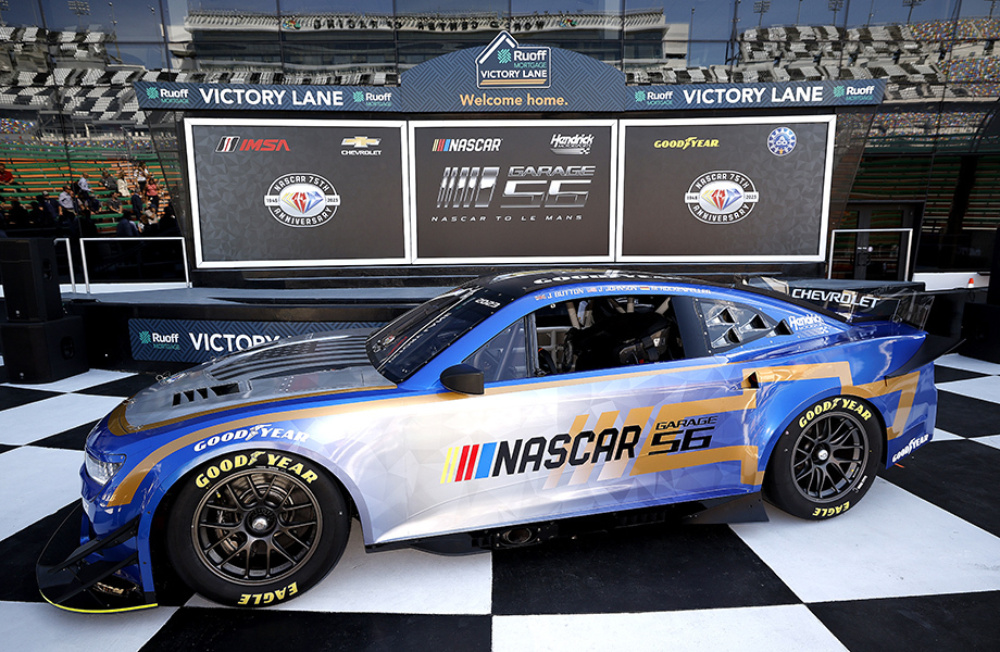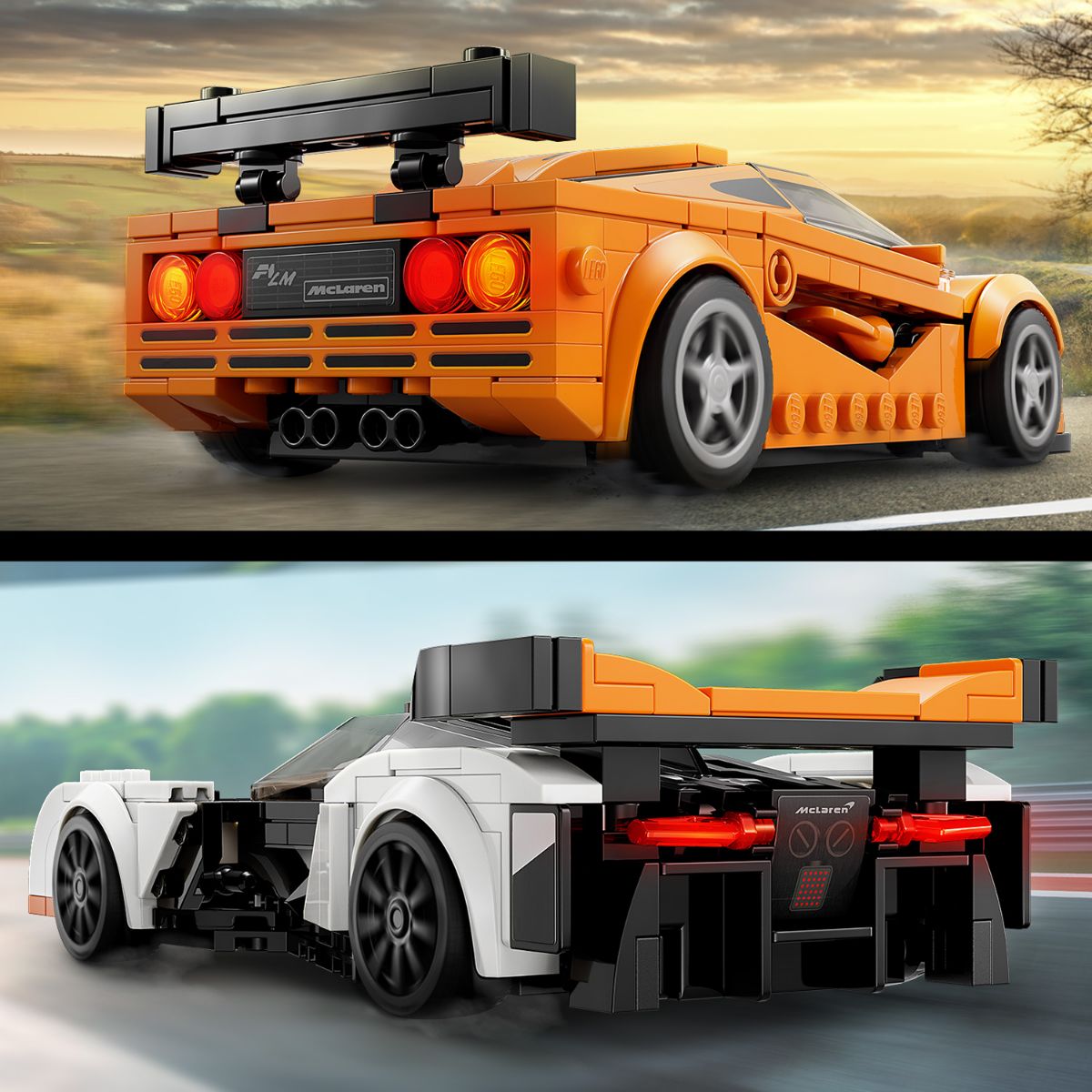The 2023 Detroit Autorama spotlighted over 800 unique vehicles last weekend. Everything from off-the-wall custom cars and trucks to the more traditional hot rods, muscle cars and race cars were on display. Here we focus in on some of the most creative creations, crazy builds and head-scratching oddities that adorned the showroom floors. You may even recognize a handful of iconic custom cars on this page from hot rodding history, pop culture, movies or TV shows.
Starbird’s Futurista
![Starbirdu2019s Futurista]()
Built on a 1963 Volkswagen chassis, this three-wheeled, stick-steering bubbletop was inspired by Darryl Starbird’s concept design. The original version debuted at the 1963 Oakland Roaster Show but was sadly destroyed after it fell off the transporter. This recreation was led by owner and builder Everett Reynolds Oronogo, MO, with the assistance of Cliff Starbird who hand built the body.
Starbird’s Futurista
![Starbirdu2019s Futurista]()
Built on a 1963 Volkswagen chassis, this three-wheeled, stick-steering bubbletop was inspired by Darryl Starbird’s concept design. The original version debuted at the 1963 Oakland Roaster Show but was sadly destroyed after it fell off the transporter. This recreation was led by owner and builder Everett Reynolds Oronogo, MO, with the assistance of Cliff Starbird who hand built the body.
Starbird’s Futurista
![Starbirdu2019s Futurista]()
Built on a 1963 Volkswagen chassis, this three-wheeled, stick-steering bubbletop was inspired by Darryl Starbird’s concept design. The original version debuted at the 1963 Oakland Roaster Show but was sadly destroyed after it fell off the transporter. This recreation was led by owner and builder Everett Reynolds Oronogo, MO, with the assistance of Cliff Starbird who hand built the body.
Starbird’s Futurista
![Starbirdu2019s Futurista]()
Built on a 1963 Volkswagen chassis, this three-wheeled, stick-steering bubbletop was inspired by Darryl Starbird’s concept design. The original version debuted at the 1963 Oakland Roaster Show but was sadly destroyed after it fell off the transporter. This recreation was led by owner and builder Everett Reynolds Oronogo, MO, with the assistance of Cliff Starbird who hand built the body.
Starbird’s Futurista
![Starbirdu2019s Futurista]()
Built on a 1963 Volkswagen chassis, this three-wheeled, stick-steering bubbletop was inspired by Darryl Starbird’s concept design. The original version debuted at the 1963 Oakland Roaster Show but was sadly destroyed after it fell off the transporter. This recreation was led by owner and builder Everett Reynolds Oronogo, MO, with the assistance of Cliff Starbird who hand built the body.
Starbird’s Futurista
![Starbirdu2019s Futurista]()
Built on a 1963 Volkswagen chassis, this three-wheeled, stick-steering bubbletop was inspired by Darryl Starbird’s concept design. The original version debuted at the 1963 Oakland Roaster Show but was sadly destroyed after it fell off the transporter. This recreation was led by owner and builder Everett Reynolds Oronogo, MO, with the assistance of Cliff Starbird who hand built the body.
“Poriero” the 1999 Porsche Boxster
![u201cPorierou201d the 1999 Porsche Boxster]()
Another Starbird mention, this modern bubbletop car is owned and designed by Cliff Starbird of Derby, KS. Cliff is also a monster truck driver known for piloting vehicles such as Frankenstein, the Monster Vette, and Wild Stang. The bubble top was formed by Frankie Enloe of Oklahoma City.
“Poriero” the 1999 Porsche Boxster
![u201cPorierou201d the 1999 Porsche Boxster]()
Another Starbird mention, this modern bubbletop car is owned and designed by Cliff Starbird of Derby, KS. Cliff is also a monster truck driver known for piloting vehicles such as Frankenstein, the Monster Vette, and Wild Stang. The bubble top was formed by Frankie Enloe of Oklahoma City.
“Poriero” the 1999 Porsche Boxster
![u201cPorierou201d the 1999 Porsche Boxster]()
Another Starbird mention, this modern bubbletop car is owned and designed by Cliff Starbird of Derby, KS. Cliff is also a monster truck driver known for piloting vehicles such as Frankenstein, the Monster Vette, and Wild Stang. The bubble top was formed by Frankie Enloe of Oklahoma City.
“Strictly Kandy” 1996 Cadillac Fleetwood
![u201cStrictly Kandyu201d 1996 Cadillac Fleetwood]()
Several low riders were on display at the show, but Michael Martinez’s car stood out due to the multi-colored custom paint and intricate glass etching throughout the build. The hydraulics are controlled by three pumps powered by eight batteries. The exterior details carry through to the custom interior.
“Strictly Kandy” 1996 Cadillac Fleetwood
![u201cStrictly Kandyu201d 1996 Cadillac Fleetwood]()
Several low riders were on display at the show, but Michael Martinez’s car stood out due to the multi-colored custom paint and intricate glass etching throughout the build. The hydraulics are controlled by three pumps powered by eight batteries. The exterior details carry through to the custom interior.
“Strictly Kandy” 1996 Cadillac Fleetwood
![u201cStrictly Kandyu201d 1996 Cadillac Fleetwood]()
Several low riders were on display at the show, but Michael Martinez’s car stood out due to the multi-colored custom paint and intricate glass etching throughout the build. The hydraulics are controlled by three pumps powered by eight batteries. The exterior details carry through to the custom interior.
“Strictly Kandy” 1996 Cadillac Fleetwood
![u201cStrictly Kandyu201d 1996 Cadillac Fleetwood]()
Several low riders were on display at the show, but Michael Martinez’s car stood out due to the multi-colored custom paint and intricate glass etching throughout the build. The hydraulics are controlled by three pumps powered by eight batteries. The exterior details carry through to the custom interior.
“Strictly Kandy” 1996 Cadillac Fleetwood
![u201cStrictly Kandyu201d 1996 Cadillac Fleetwood]()
Several low riders were on display at the show, but Michael Martinez’s car stood out due to the multi-colored custom paint and intricate glass etching throughout the build. The hydraulics are controlled by three pumps powered by eight batteries. The exterior details carry through to the custom interior.
The Monster Coach
![The Monster Coach]()
Dan Dennis from Shelby Township, MI, created the Monster Coach with simple hand tools. The build is based on a 1922 Ford truck and inspired by The Munsters TV series. The black base paint is “Greasy Black” from the Ed Roth collection, painted by Dennis Kemle. Dr. Rue completed the pinstriping.
The Monster Coach
![The Monster Coach]()
Dan Dennis from Shelby Township, MI, created the Monster Coach with simple hand tools. The build is based on a 1922 Ford truck and inspired by The Munsters TV series. The black base paint is “Greasy Black” from the Ed Roth collection, painted by Dennis Kemle. Dr. Rue completed the pinstriping.
The Monster Coach
![The Monster Coach]()
Dan Dennis from Shelby Township, MI, created the Monster Coach with simple hand tools. The build is based on a 1922 Ford truck and inspired by The Munsters TV series. The black base paint is “Greasy Black” from the Ed Roth collection, painted by Dennis Kemle. Dr. Rue completed the pinstriping.
The Monster Coach
![The Monster Coach]()
Dan Dennis from Shelby Township, MI, created the Monster Coach with simple hand tools. The build is based on a 1922 Ford truck and inspired by The Munsters TV series. The black base paint is “Greasy Black” from the Ed Roth collection, painted by Dennis Kemle. Dr. Rue completed the pinstriping.
Neil Sidders’ Outlaw
![Neil Siddersu2019 Outlaw]()
The Rat Rink Reunion displayed several Ed Roth creations upstairs on the main show room floor. To coincide with that display, this Outlaw-inspired creation appeared in the basement of Autorama. The Outlaw was Ed Roth’s first fiberglass show rod. Despite Roth making a four-piece mold to easily make and sell the bodies to the public, only two extra bodies were made. Neil Sidder took on the challenge of restoring one of the bodies, originally found battered and stored in a shed. This build isn’t meant to be an exact replica of Ed Roth’s original outlaw, but it certainly encompasses the spirit of Roth’s car.
Neil Sidders’ Outlaw
![Neil Siddersu2019 Outlaw]()
The Rat Rink Reunion displayed several Ed Roth creations upstairs on the main show room floor. To coincide with that display, this Outlaw-inspired creation appeared in the basement of Autorama. The Outlaw was Ed Roth’s first fiberglass show rod. Despite Roth making a four-piece mold to easily make and sell the bodies to the public, only two extra bodies were made. Neil Sidder took on the challenge of restoring one of the bodies, originally found battered and stored in a shed. This build isn’t meant to be an exact replica of Ed Roth’s original outlaw, but it certainly encompasses the spirit of Roth’s car.
Neil Sidders’ Outlaw
![Neil Siddersu2019 Outlaw]()
The Rat Rink Reunion displayed several Ed Roth creations upstairs on the main show room floor. To coincide with that display, this Outlaw-inspired creation appeared in the basement of Autorama. The Outlaw was Ed Roth’s first fiberglass show rod. Despite Roth making a four-piece mold to easily make and sell the bodies to the public, only two extra bodies were made. Neil Sidder took on the challenge of restoring one of the bodies, originally found battered and stored in a shed. This build isn’t meant to be an exact replica of Ed Roth’s original outlaw, but it certainly encompasses the spirit of Roth’s car.
Neil Sidders’ Outlaw
![Neil Siddersu2019 Outlaw]()
The Rat Rink Reunion displayed several Ed Roth creations upstairs on the main show room floor. To coincide with that display, this Outlaw-inspired creation appeared in the basement of Autorama. The Outlaw was Ed Roth’s first fiberglass show rod. Despite Roth making a four-piece mold to easily make and sell the bodies to the public, only two extra bodies were made. Neil Sidder took on the challenge of restoring one of the bodies, originally found battered and stored in a shed. This build isn’t meant to be an exact replica of Ed Roth’s original outlaw, but it certainly encompasses the spirit of Roth’s car.
Neil Sidders’ Outlaw
![Neil Siddersu2019 Outlaw]()
The Rat Rink Reunion displayed several Ed Roth creations upstairs on the main show room floor. To coincide with that display, this Outlaw-inspired creation appeared in the basement of Autorama. The Outlaw was Ed Roth’s first fiberglass show rod. Despite Roth making a four-piece mold to easily make and sell the bodies to the public, only two extra bodies were made. Neil Sidder took on the challenge of restoring one of the bodies, originally found battered and stored in a shed. This build isn’t meant to be an exact replica of Ed Roth’s original outlaw, but it certainly encompasses the spirit of Roth’s car.
“The Big Bat” 1957 Lincoln
![u201cThe Big Batu201d 1957 Lincoln]() The legendary Bill Hines was slinging lead, chopping tops and building custom cars for over 60 years. The Big Bat is one of his original creations, now owned by Bob “Sh-Boom” Fryz. All paint and body modifications were completed by the famous Leadslinger himself, and it was an honor to be in the presence of such an iconic vehicle straight out of custom car history.
The legendary Bill Hines was slinging lead, chopping tops and building custom cars for over 60 years. The Big Bat is one of his original creations, now owned by Bob “Sh-Boom” Fryz. All paint and body modifications were completed by the famous Leadslinger himself, and it was an honor to be in the presence of such an iconic vehicle straight out of custom car history.
“The Big Bat” 1957 Lincoln
![u201cThe Big Batu201d 1957 Lincoln]()
The legendary Bill Hines was slinging lead, chopping tops and building custom cars for over 60 years. The Big Bat is one of his original creations, now owned by Bob “Sh-Boom” Fryz. All paint and body modifications were completed by the famous Leadslinger himself, and it was an honor to be in the presence of such an iconic vehicle straight out of custom car history.
“The Big Bat” 1957 Lincoln
![u201cThe Big Batu201d 1957 Lincoln]()
The legendary Bill Hines was slinging lead, chopping tops and building custom cars for over 60 years. The Big Bat is one of his original creations, now owned by Bob “Sh-Boom” Fryz. All paint and body modifications were completed by the famous Leadslinger himself, and it was an honor to be in the presence of such an iconic vehicle straight out of custom car history.
“The Big Bat” 1957 Lincoln
![u201cThe Big Batu201d 1957 Lincoln]() The legendary Bill Hines was slinging lead, chopping tops and building custom cars for over 60 years. The Big Bat is one of his original creations, now owned by Bob “Sh-Boom” Fryz. All paint and body modifications were completed by the famous Leadslinger himself, and it was an honor to be in the presence of such an iconic vehicle straight out of custom car history.
The legendary Bill Hines was slinging lead, chopping tops and building custom cars for over 60 years. The Big Bat is one of his original creations, now owned by Bob “Sh-Boom” Fryz. All paint and body modifications were completed by the famous Leadslinger himself, and it was an honor to be in the presence of such an iconic vehicle straight out of custom car history.
“The Big Bat” 1957 Lincoln
![u201cThe Big Batu201d 1957 Lincoln]()
The legendary Bill Hines was slinging lead, chopping tops and building custom cars for over 60 years. The Big Bat is one of his original creations, now owned by Bob “Sh-Boom” Fryz. All paint and body modifications were completed by the famous Leadslinger himself, and it was an honor to be in the presence of such an iconic vehicle straight out of custom car history.
“The Big Bat” 1957 Lincoln
![u201cThe Big Batu201d 1957 Lincoln]()
The legendary Bill Hines was slinging lead, chopping tops and building custom cars for over 60 years. The Big Bat is one of his original creations, now owned by Bob “Sh-Boom” Fryz. All paint and body modifications were completed by the famous Leadslinger himself, and it was an honor to be in the presence of such an iconic vehicle straight out of custom car history.
Swipe through the below gallery for more 2023 Autorama favorites
![]()
![]()
![]()
![]()
![]()
![]()
![]()
![]()
![]()
![]()
![]()
![]()
![]()
![]()
Swipe through this gallery for more 2023 Detroit Autorama favorites
![]()
![]()
![]()
![]()
![]()
![]()
![]()
![]()
![]()
![]()
![]()
![]()
![]()
![]()
![]()
![]()
![]()
![]()
![]()
![]()
![]()
![]()
![]()
![]()
![]()
![]()
![]()
![]()
![]()
![]()
![]()
![]()
![]()
![]()
![]()
![]()
![]()
![]()
![]()
![]()
![]()
![]()
![]()
![]()
![]()
![]()
![]()
![]()
![]()
![]()
![]()
![]()
![]()
![]()
![]()
![]()
